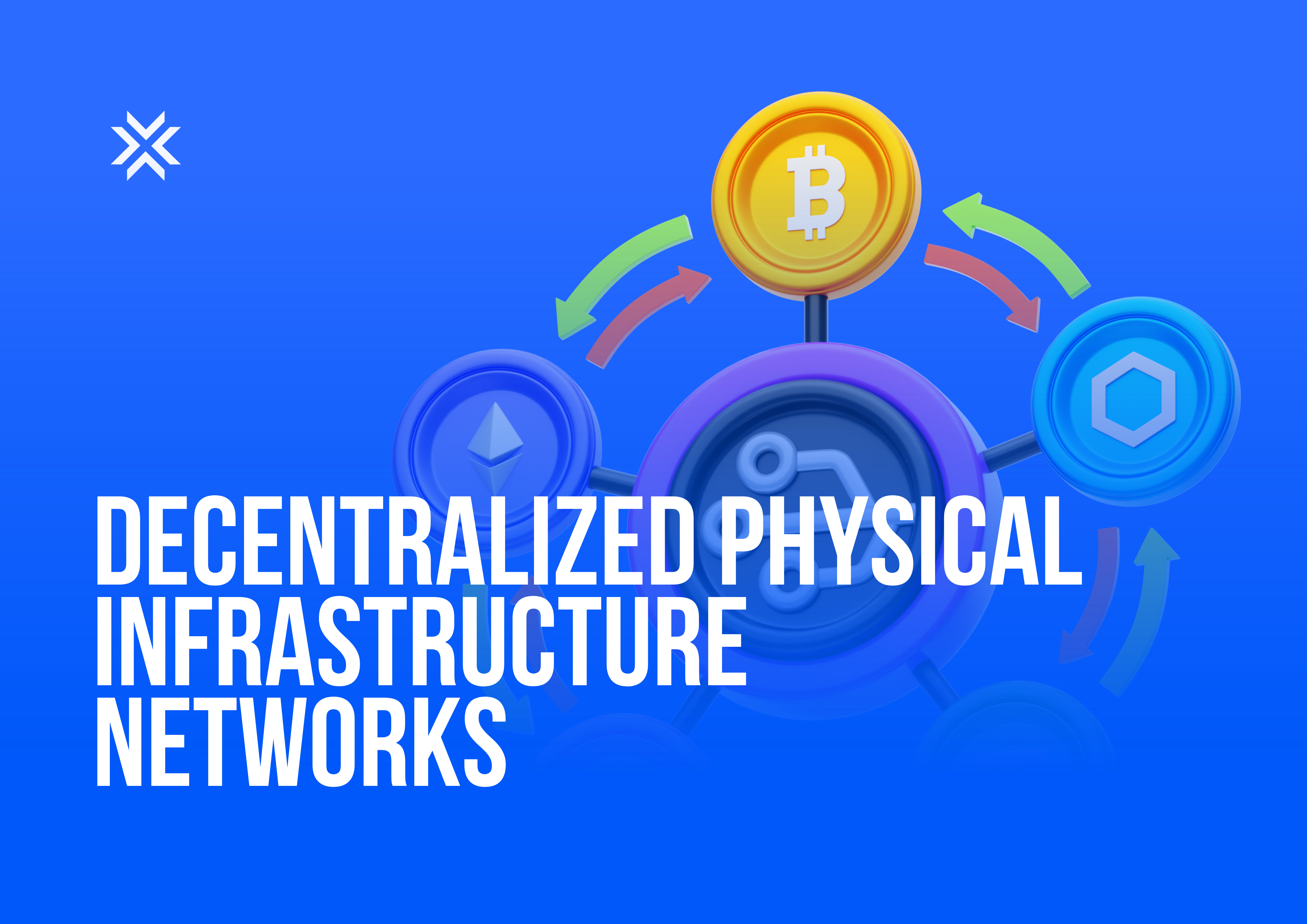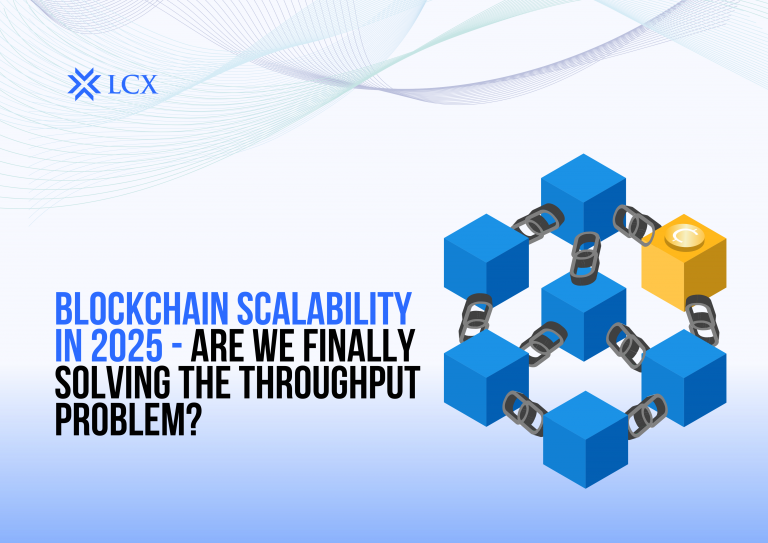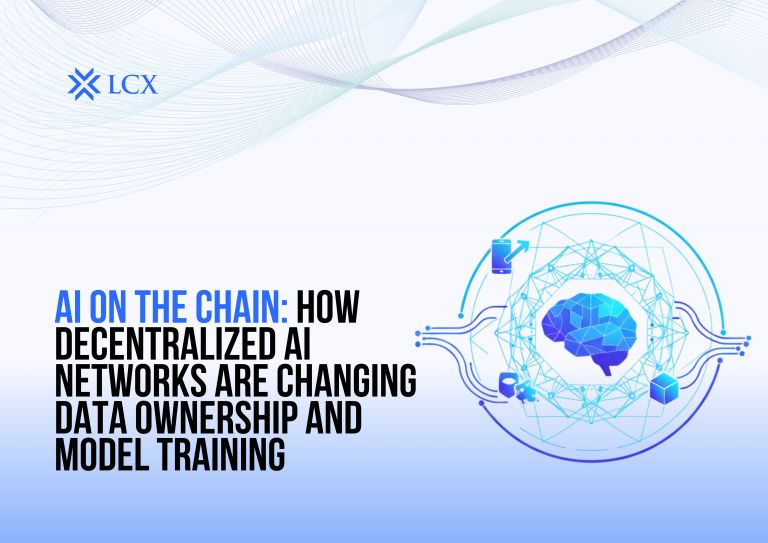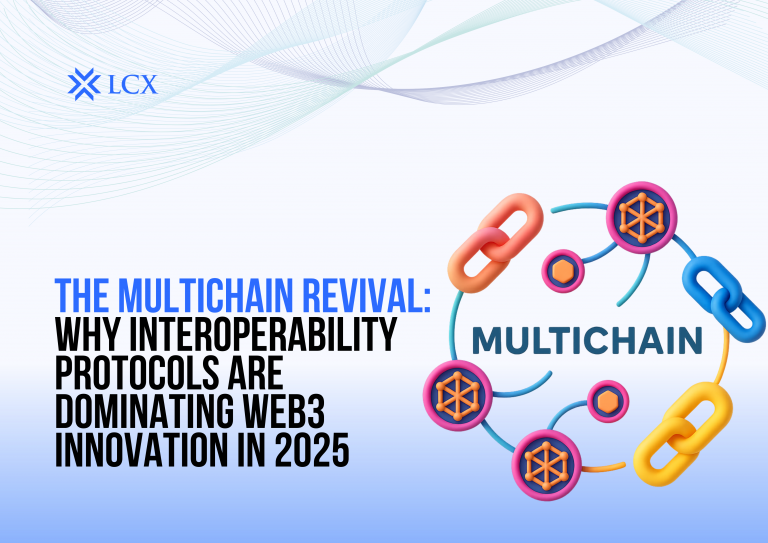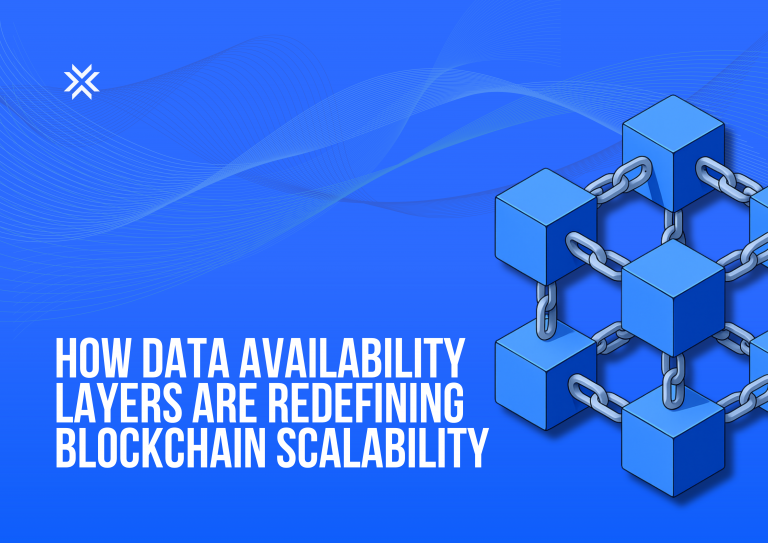The vision of Web3 was never confined to the digital domain. Beyond NFTs and DeFi lies a growing frontier where blockchain meets hardware, ushering in a new paradigm: Decentralized Physical Infrastructure Networks (DePIN). This movement aims to tokenize, decentralize, and democratize the physical infrastructure that powers our world from wireless connectivity to energy production and supply chains.
What Is DePIN?
DePIN refers to blockchain-enabled networks that incentivize individuals and entities to contribute real-world infrastructure resources, such as computing power, energy, sensors, bandwidth, or storage. These contributors are rewarded with crypto tokens in return, fostering a participatory and decentralized alternative to traditionally centralized infrastructure systems.
In essence, DePIN applies the Web3 ethos permissionless access, peer-to-peer exchange, and token-based incentives to infrastructure that has historically been siloed and capital-intensive.
Why DePIN Now? The Macroeconomic and Technological Backdrop
A confluence of factors has catalyzed the rise of DePIN in the past 24 months:
- Post-COVID infrastructure fragility underscored the need for distributed and resilient systems.
- Global broadband and cloud usage rose by 38% and 27% respectively from 2020 to 2024, per World Bank and Statista reports.
- Token incentives offer capital-efficient alternatives to massive upfront infrastructure costs.
- Layer-1 blockchains and oracles have matured to enable reliable real-world data anchoring.
According to Messari, DePIN now represents $3.5 billion in combined market cap (as of Q2 2025), with growth projections reaching $10–12 billion by 2026 if adoption continues across energy and telecom sectors.
How DePIN Works: The Core Mechanism
DePIN networks typically operate through the following model:
- Users deploy hardware nodes (e.g., routers, sensors, mining rigs).
- These nodes deliver a service (internet, storage, compute, etc.) to local areas or global networks.
- Network protocols verify contributions through proofs (like Proof of Coverage or Proof of Data Transfer).
- Contributors are rewarded in tokens, often based on the volume, reliability, or quality of their output.
This transforms users into “micro-operators” of infrastructure flipping the traditional capital-heavy model of ISPs, cloud providers, or grid operators.
Leading Protocols in the DePIN Space
1. Helium (HNT) – Decentralizing Wireless Networks
Helium pioneered DePIN with its “People’s Network” for LoRaWAN and 5G coverage. As of 2025:
- Over 1.1 million hotspots deployed globally
- 5G infrastructure rollout in 60+ major urban centers
- 400K+ monthly active users
- Token emissions adjusted by Proof-of-Coverage and usage levels
- Partnerships with T-Mobile and DISH Wireless
Helium’s incentive model ensures network coverage where it’s needed most, rather than where legacy telcos deem it profitable.
2. Render Network (RNDR) – Decentralized GPU Power
Render enables distributed GPU rendering by allowing artists, studios, and AI researchers to access compute power from idle GPUs across the globe.
- 120+ petaflops of compute power utilized monthly
- 75,000+ node operators offering GPU capacity
- Popular among 3D artists, AI model trainers, and video production houses
- Strategic integrations with Apple’s Metal and Blender
Render has become a leading example of tokenized compute infrastructure aligned with the needs of Web3 AI, gaming, and metaverse use cases.
3. Filecoin (FIL) – Decentralized Storage
While often considered a DePIN adjacent project, Filecoin’s global network of storage providers bridges the physical-digital divide:
- 20+ exabytes of storage capacity
- 4000+ verified clients, including scientific databases and NFT platforms
- Storage contracts backed by cryptographic proofs and slashing penalties for downtime
Filecoin reinforces how trust-minimized physical services can replace centralized cloud storage.
DePIN vs. Traditional Infrastructure Models
| Feature | Traditional Infra | DePIN Networks |
| Ownership | Centralized (corporate) | Distributed (user-owned) |
| Deployment cost | High upfront CapEx | Community-funded via tokens |
| Geographic reach | Profit-driven zones | Incentive-based deployment |
| Governance | Top-down management | Community or DAO-led |
| Monetization | Subscription-based | Token rewards |
DePIN lowers the barrier to entry, redistributes revenue more equitably, and increases infrastructure resilience through decentralization.
Use Cases Beyond Connectivity and Compute
DePIN’s scope extends far beyond internet or GPU access:
- Smart grids: Tokenized solar energy contribution via projects like Sun Token
- Logistics: Decentralized supply chain validation (e.g., WiFi Map, DIMO)
- Sensor networks: Air quality, temperature, or traffic sensors reporting on-chain
- EV charging: Token-incentivized access to private home chargers
By tokenizing idle or underused physical assets, DePIN unlocks a new layer of economic productivity.
Challenges and Limitations
While promising, DePIN faces hurdles:
- Hardware reliability and standardization
- Regulatory ambiguity around token rewards and service quality
- Security risks from physical node exposure
- Tokenomics design — balancing inflation with real demand remains difficult
However, continued experimentation and protocol refinement, especially as AI joins the DePIN stack, are gradually mitigating these issues.
The Road Ahead: Tokenized Infrastructure at Scale
DePIN’s long-term success hinges on two dynamics:
- Real-world adoption by both consumers and enterprises
- Robust token economies that make participation financially viable without hyperinflation
With global infrastructure spending projected to hit $94 trillion by 2040 (G20’s Global Infrastructure Outlook), even marginal decentralization could capture hundreds of billions in value.
Web3 is no longer just software it’s building roads, towers, grids, and compute farms. DePIN isn’t just a buzzword; it’s Web3’s concrete revolution.
